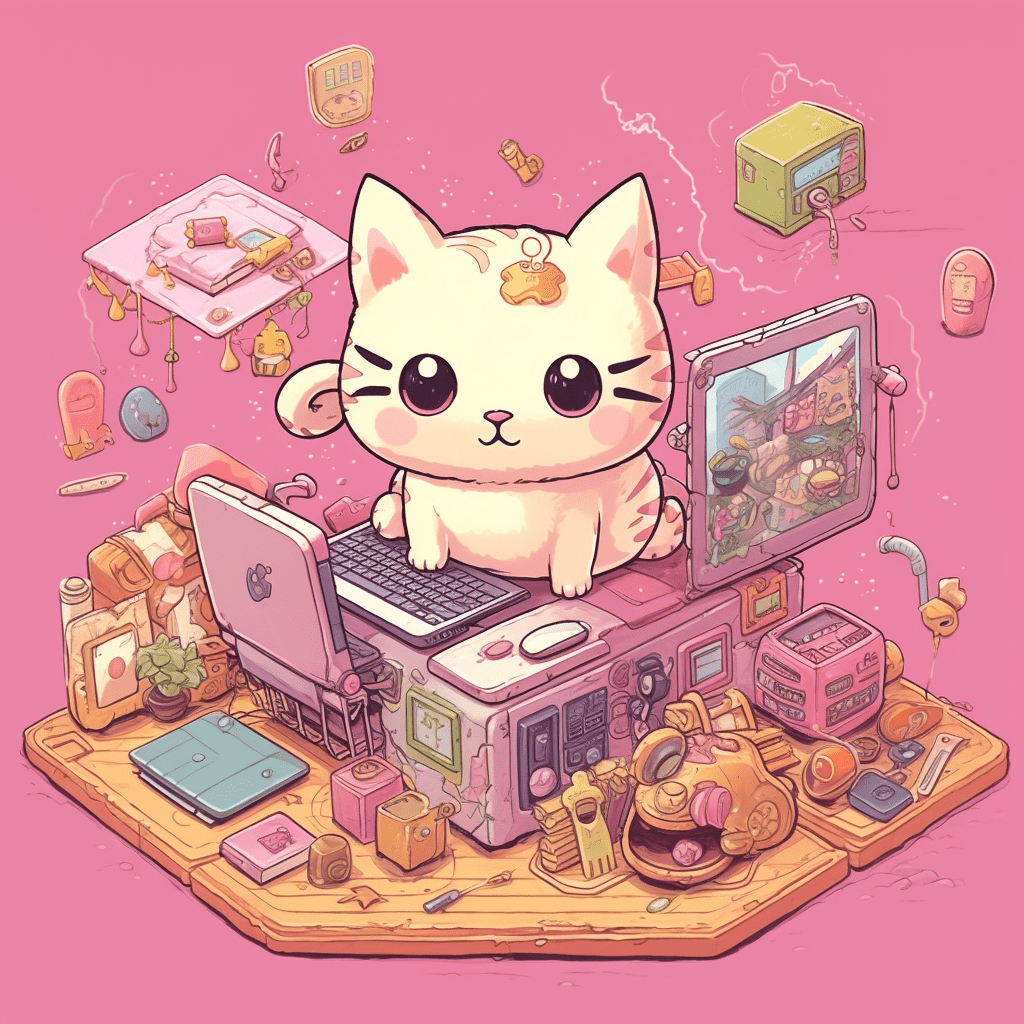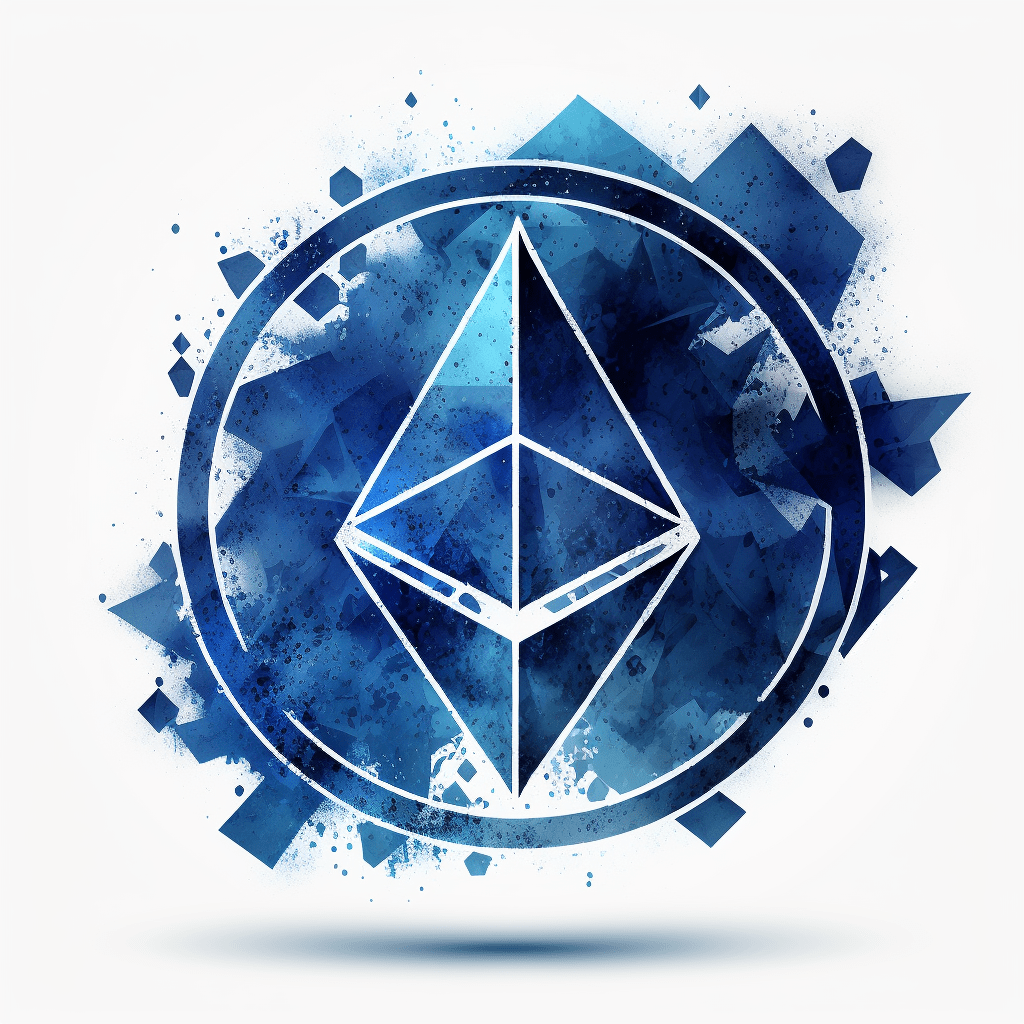
As the world of non-fungible tokens (NFTs) continues to grow in popularity, it’s becoming increasingly important for collectors, investors, and creators to understand how to determine the value of an NFT. NFTs are unique digital assets that represent ownership of a specific item or piece of content, such as artwork, collectibles, or virtual real estate. Valuing NFTs can be challenging, as their worth is often highly subjective and dependent on various factors. This article will explore some of the key aspects to consider when determining the value of an NFT.
Rarity and Scarcity
Rarity and scarcity are fundamental factors that often drive the value of collectible items, both in the physical and digital realms. NFTs are no exception. The rarer and more scarce an NFT is, the higher its potential value. When assessing an NFT’s rarity, consider the following:
- Total supply: Some NFT projects have a fixed or limited number of tokens, while others have an unlimited supply. Generally, a lower total supply of tokens can contribute to increased demand and higher value.
- Unique attributes: Many NFTs come with special traits or characteristics that distinguish them from others within the same collection. These unique attributes can increase the rarity and, subsequently, the value of an NFT.
Creator’s Reputation and Influence
The creator of an NFT can have a significant impact on its value. Renowned artists, celebrities, and influencers can command higher prices for their NFTs, as their creations often come with a premium due to their name recognition and fan base. When evaluating an NFT, consider the following factors related to the creator:
- Track record: A creator with a proven history of producing high-quality work and successful projects is likely to command higher prices for their NFTs.
- Social media presence: A creator’s following on social media platforms can influence the demand and value of their NFTs. A larger and more engaged audience can potentially increase the value of an NFT.
Historical Sales Data and Secondary Market Activity

Analyzing historical sales data and secondary market activity can help you understand the current market demand and value of an NFT. Platforms like OpenSea, Rarible, and SuperRare provide sales data and trading history for NFTs, allowing you to track the performance of specific tokens or collections. When assessing historical data, consider the following:
- Average sale price: Look at the average sale price of similar NFTs within the same collection or by the same creator. This can help you gauge the general market value of an NFT.
- Volume of sales: Analyze the number of sales transactions and the total trading volume for a specific NFT or collection. Higher trading volume can indicate strong demand and potentially higher value.
Utility and Use Cases
Some NFTs have utility beyond simply representing digital art or collectibles. These NFTs may have use cases within a virtual world, gaming ecosystem, or as access tokens for exclusive content or experiences. NFTs with utility and use cases can potentially have a higher value, as they offer additional benefits to their owners. When evaluating an NFT’s utility, consider the following:
- In-game assets: NFTs used as in-game assets, such as virtual land, items, or characters, can have increased value if the associated game or platform is popular and has a growing user base.
- Access tokens: NFTs that grant access to exclusive content, events, or experiences can command higher prices, especially if the associated content or experience is highly sought after or limited in availability.
Community and Social Proof
A strong and engaged community can play a significant role in driving the value of an NFT. Active communities provide social proof and validation, which can contribute to increased demand and higher prices. When evaluating an NFT’s community, consider the following:
- Social media engagement: Look for active discussions and engagement on platforms such as Twitter, Discord, and Reddit. A vibrant and growing community can positively impact the value of an NFT.
- Collaborations and partnerships: NFT projects that collaborate with well-known brands, platforms, or other creators can benefit from increased visibility and demand, potentially leading to higher value.
Sentiment and Market Trends
The overall sentiment and current market trends can influence the value of NFTs. As with any investment, market sentiment and trends can change rapidly, affecting the demand and value of NFTs. When assessing market sentiment, consider the following:
- Media coverage: Positive media coverage and news articles can increase awareness and demand for an NFT or collection.
- Market trends: Stay informed about broader market trends within the NFT and crypto space. If a particular niche or type of NFT is gaining popularity, it could impact the value of related NFTs.
Evaluating NFT Platforms

Different NFT platforms and marketplaces can have varying fee structures, user bases, and levels of exposure. The platform where an NFT is minted or traded can impact its value. When evaluating an NFT’s platform, consider the following:
- User base: Platforms with larger and more active user bases can provide better visibility and increased demand for NFTs, potentially resulting in higher value.
- Fee structure: The fees associated with minting, trading, or transferring NFTs can influence their value. Lower fees can make trading more attractive and accessible, potentially increasing demand and value.
Conclusion: Assessing NFT Value
Determining the value of an NFT is a complex process that requires considering various factors, such as rarity, creator reputation, historical sales data, utility, community, market sentiment, and platform. By carefully analyzing these aspects, you can make more informed decisions when buying, selling, or creating NFTs. As the NFT market continues to evolve, staying informed and adaptable will be crucial to successfully navigating this exciting digital landscape.
